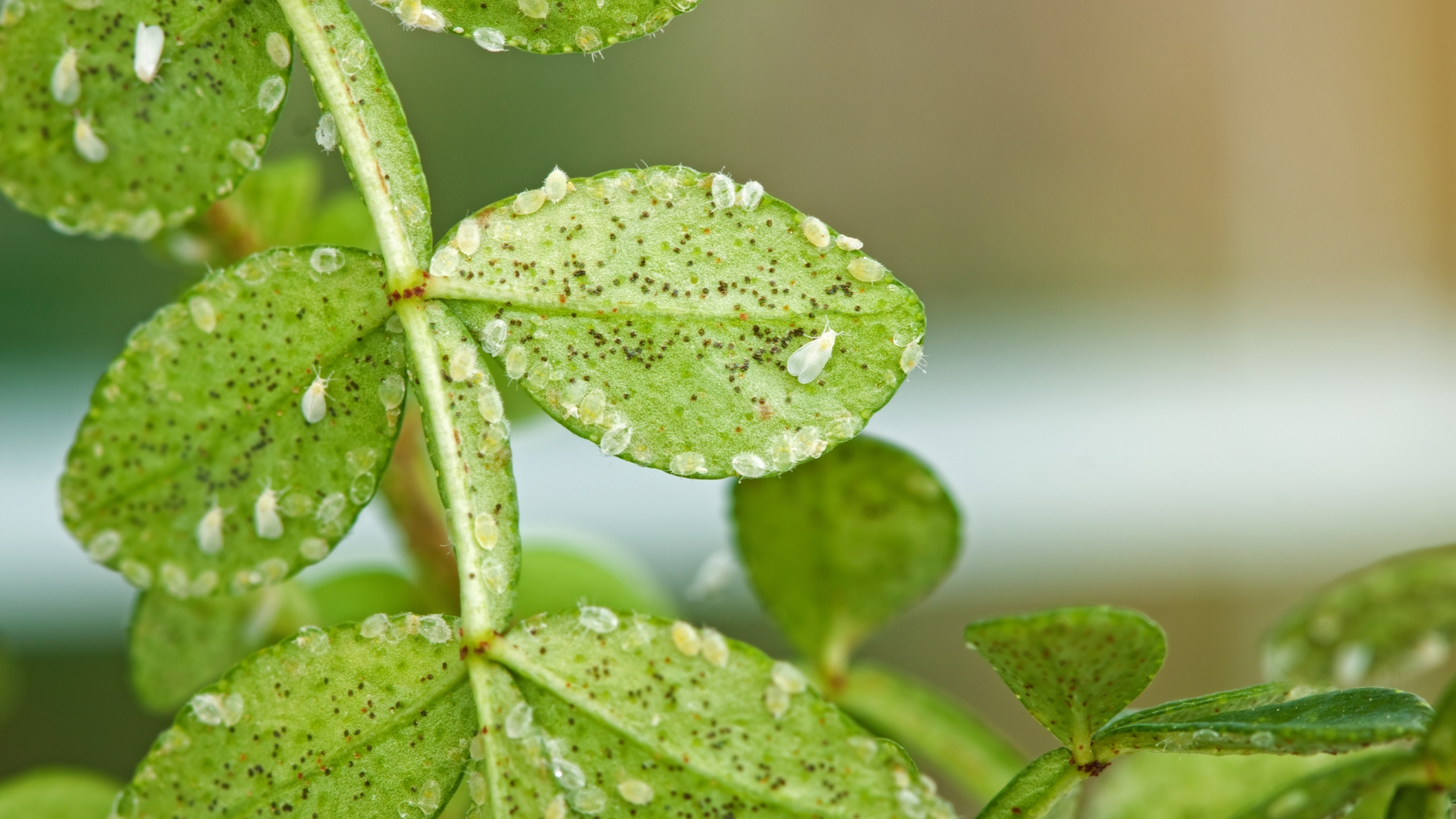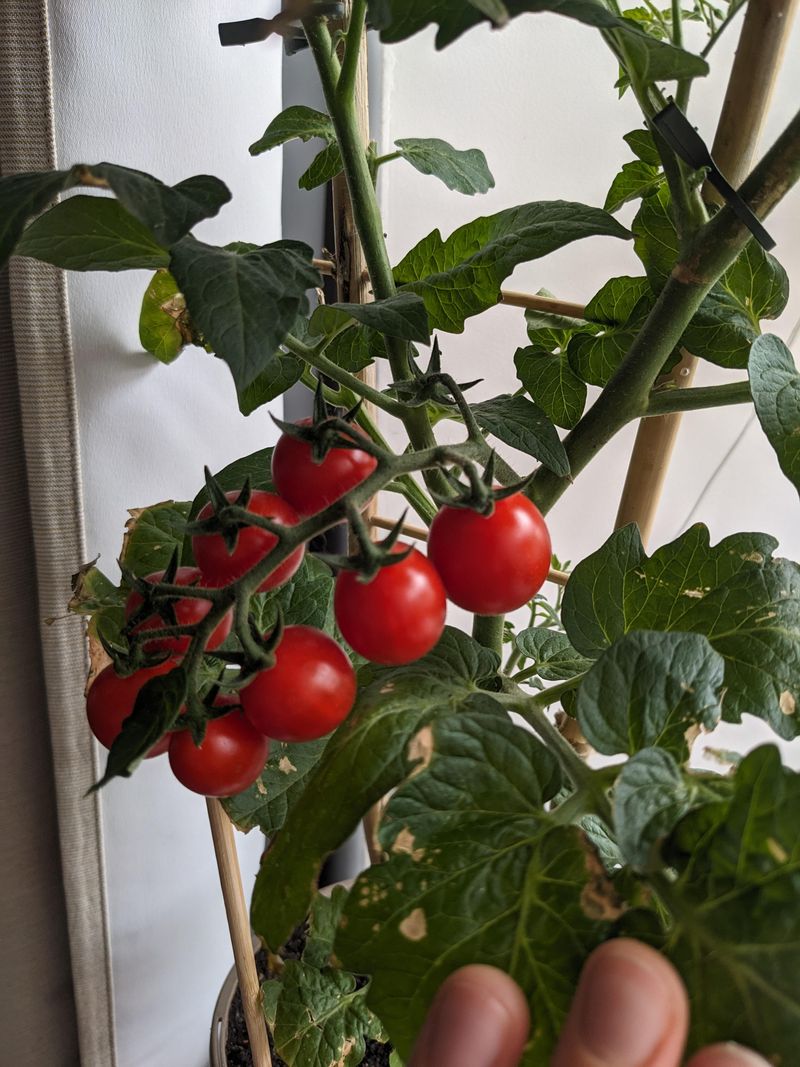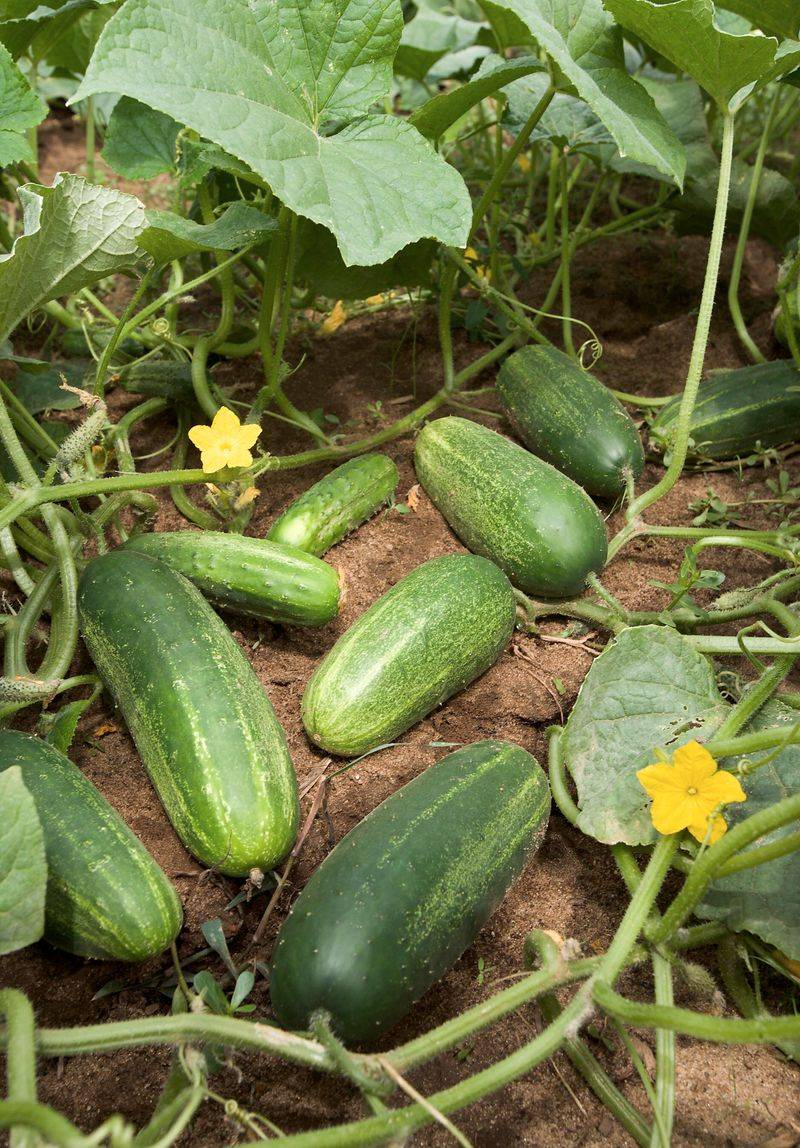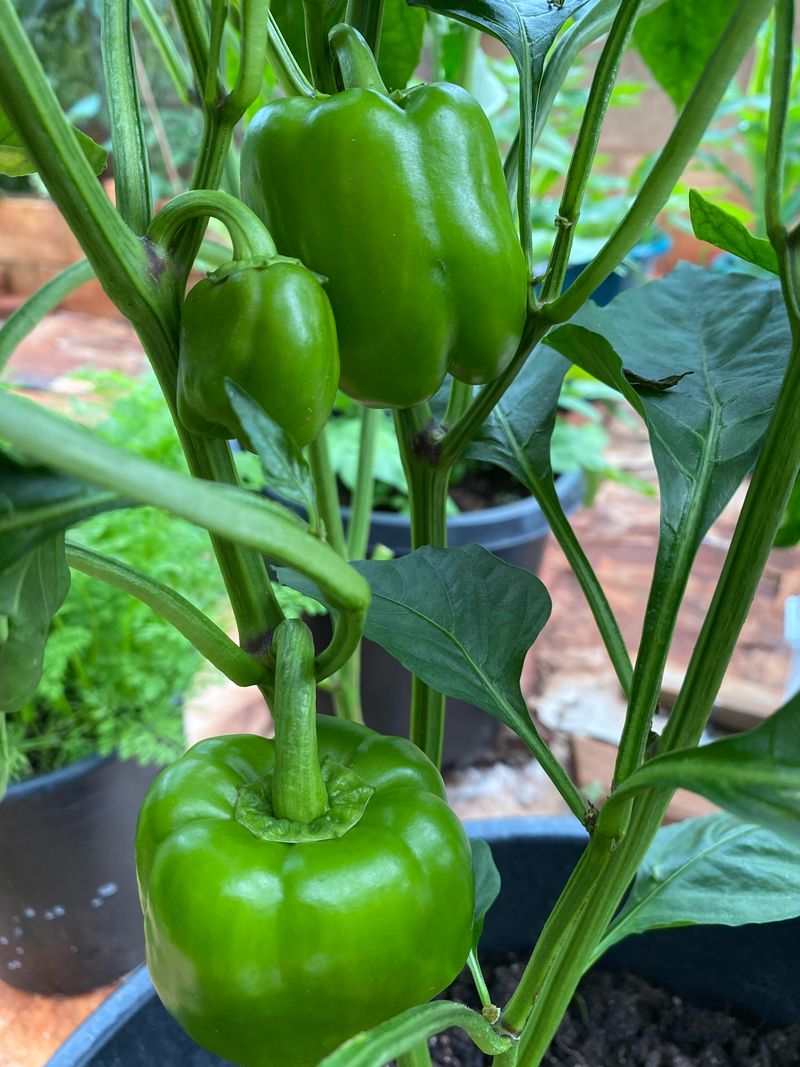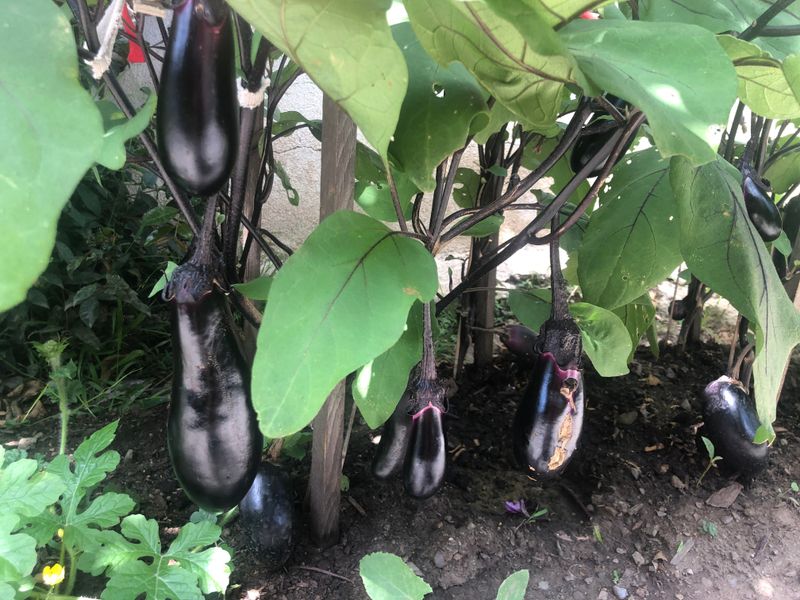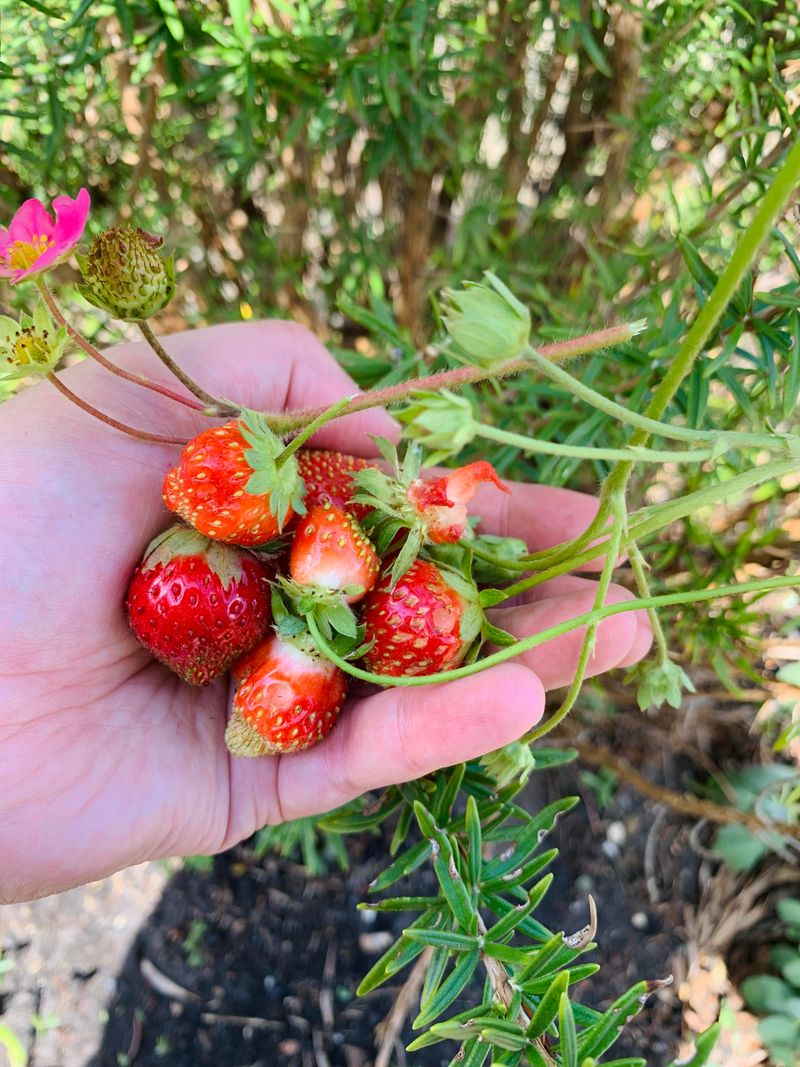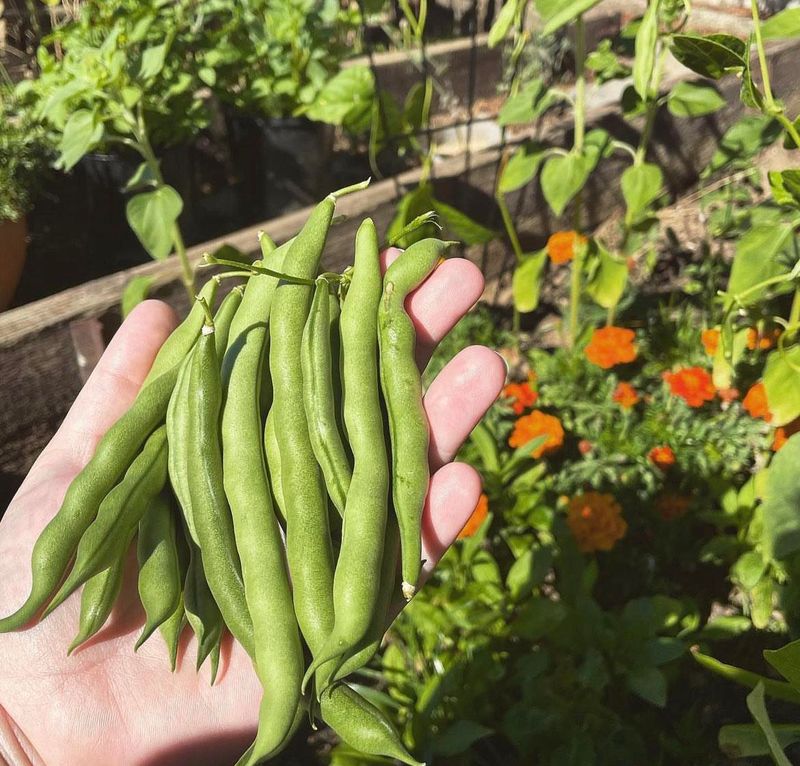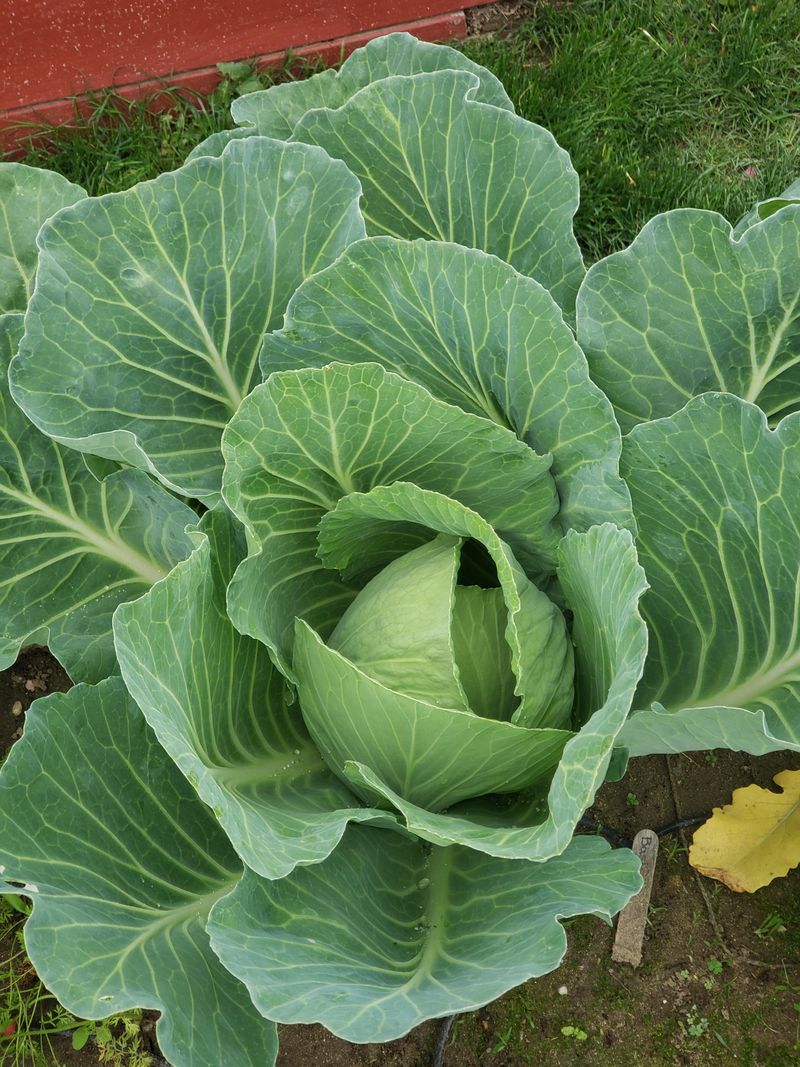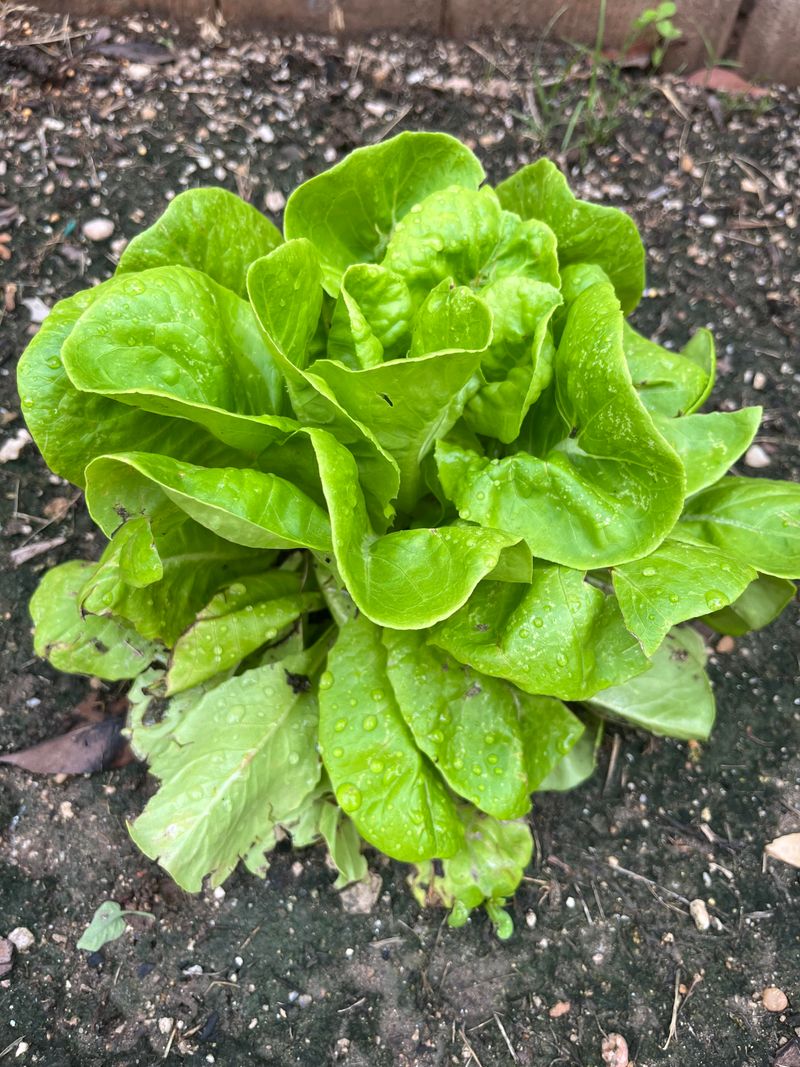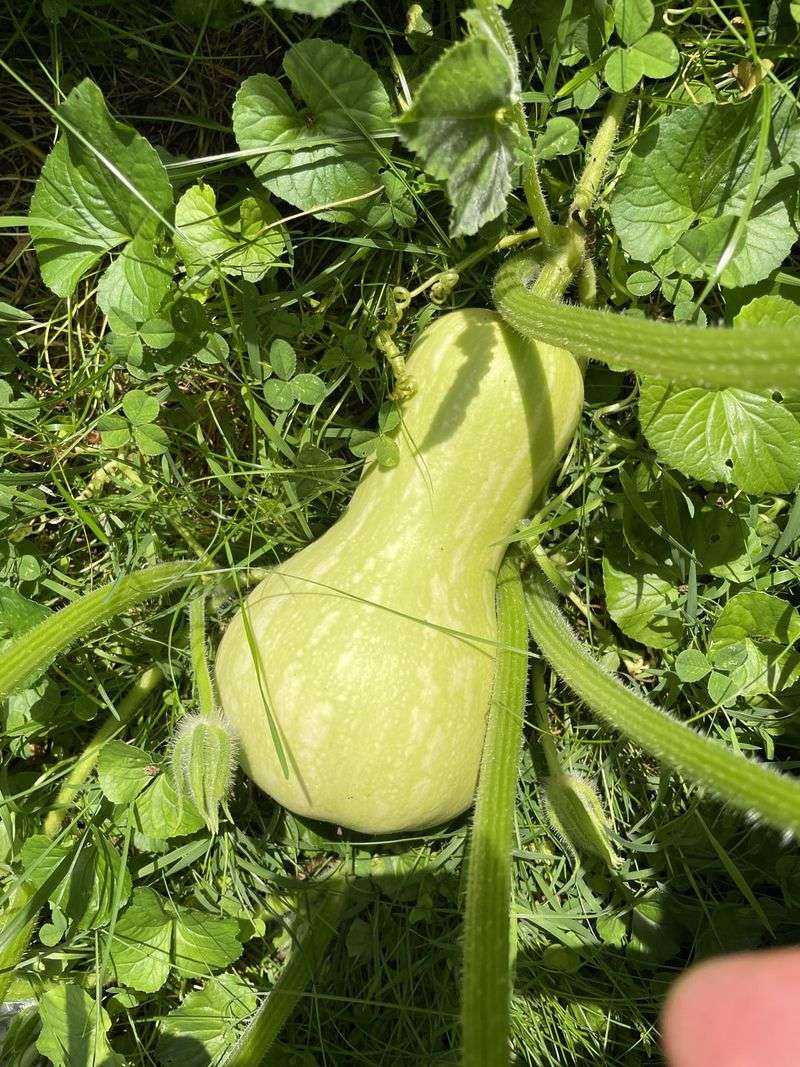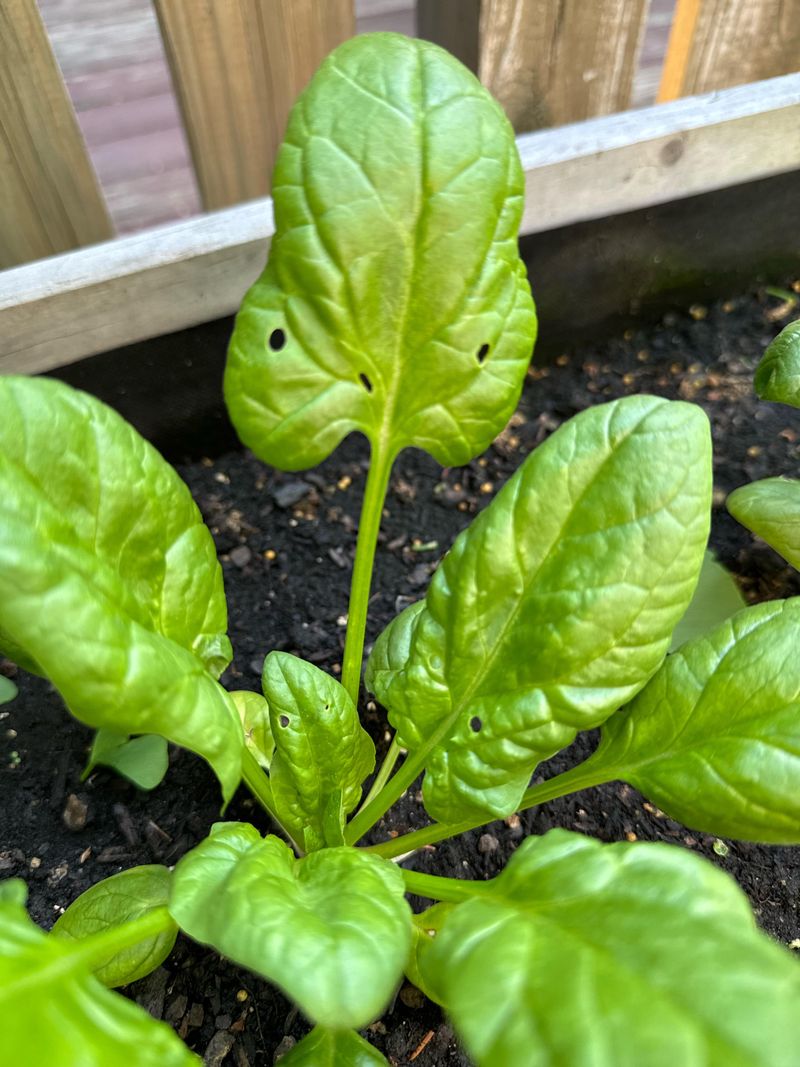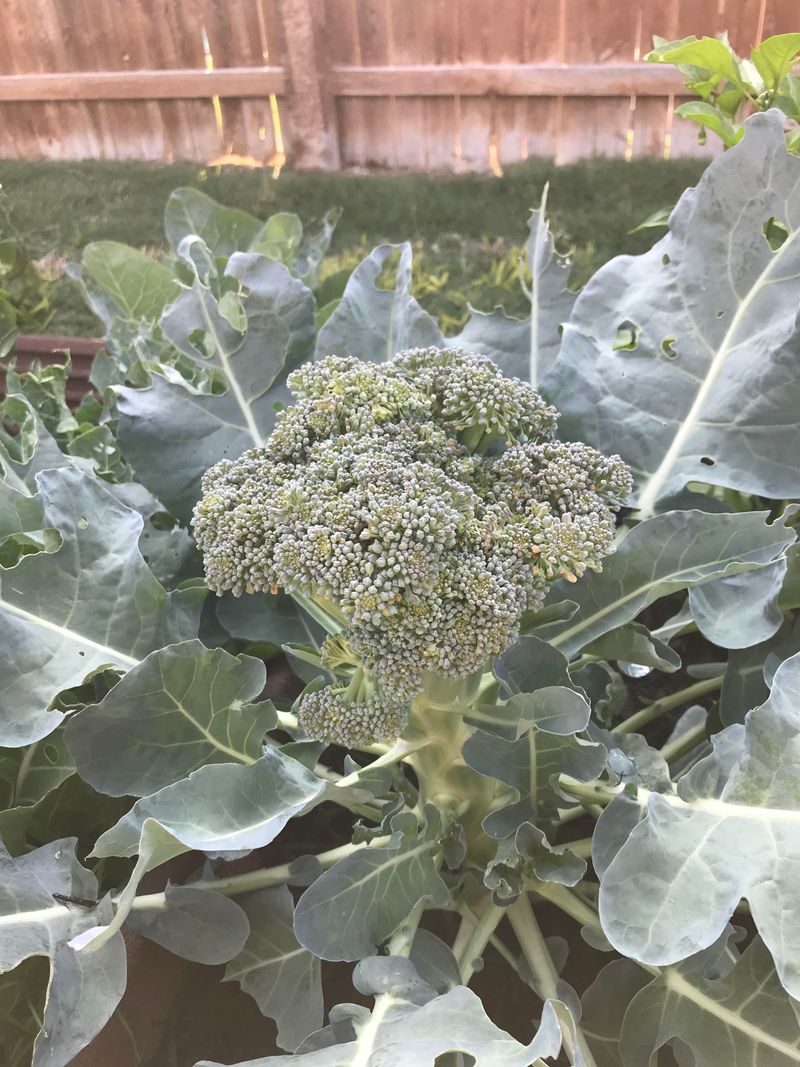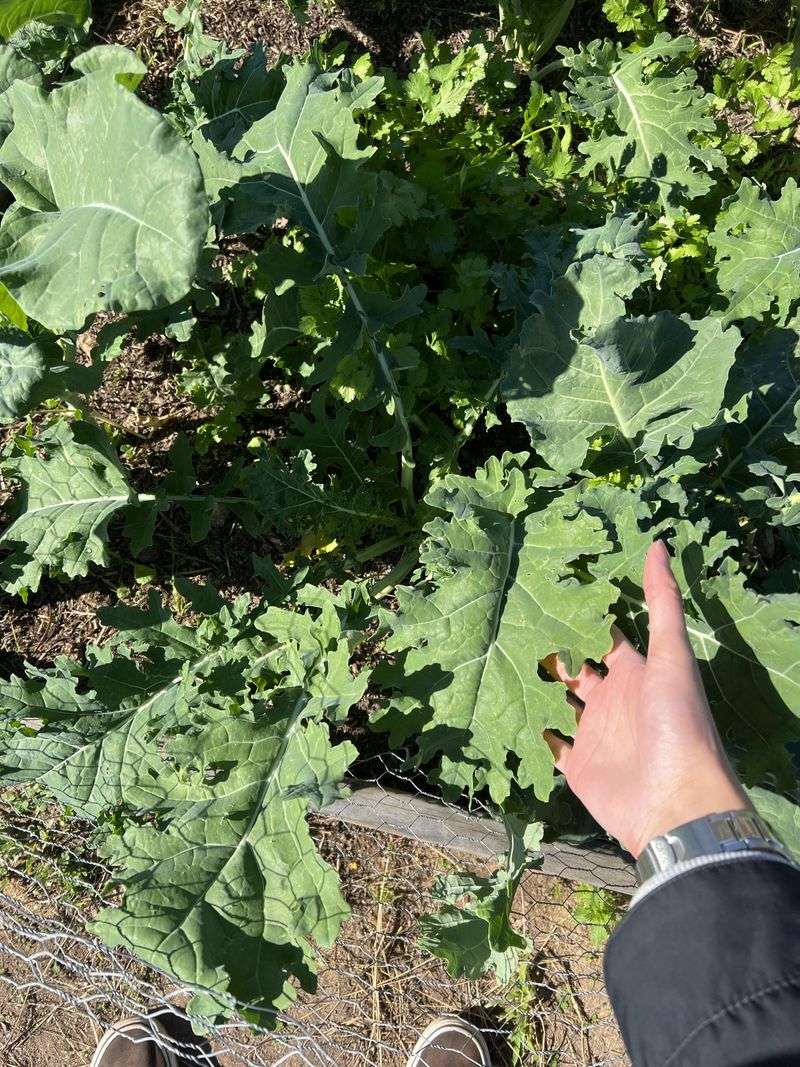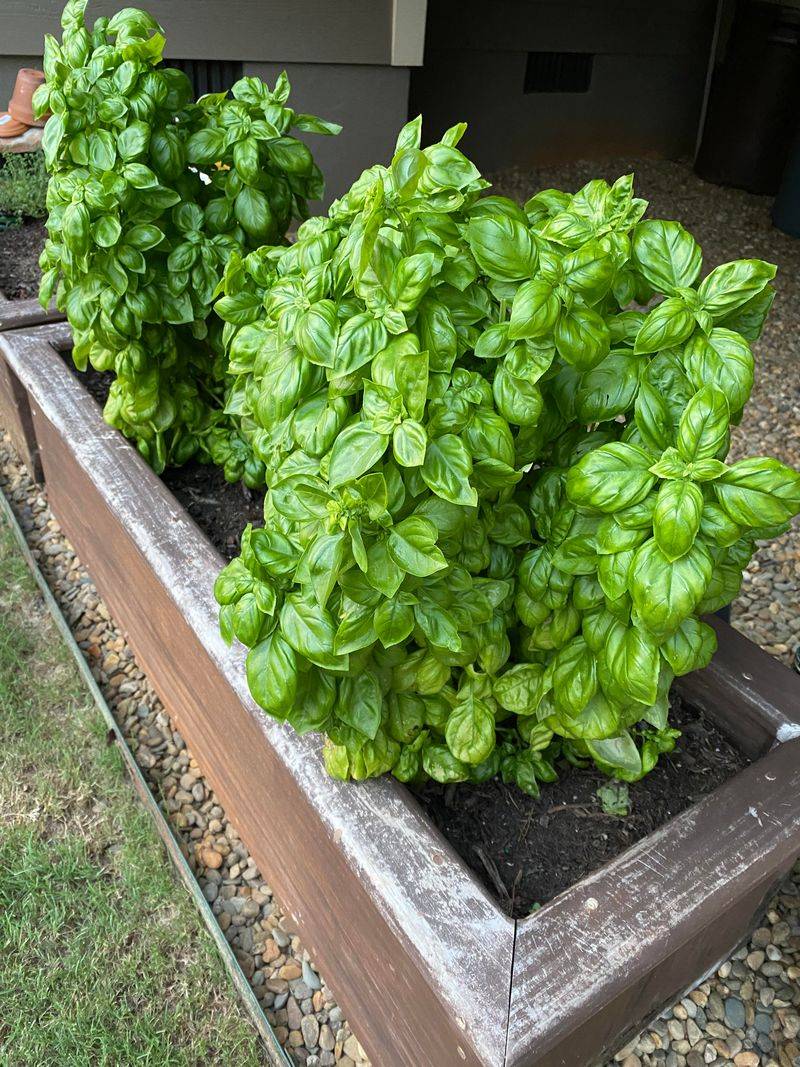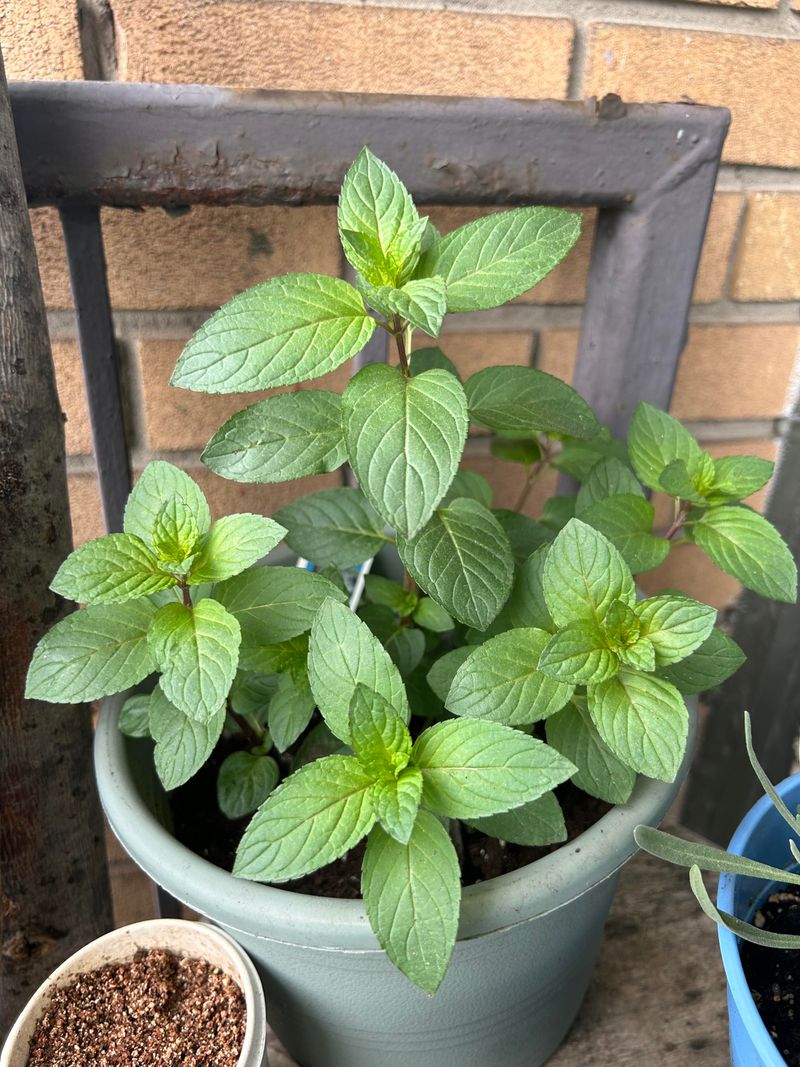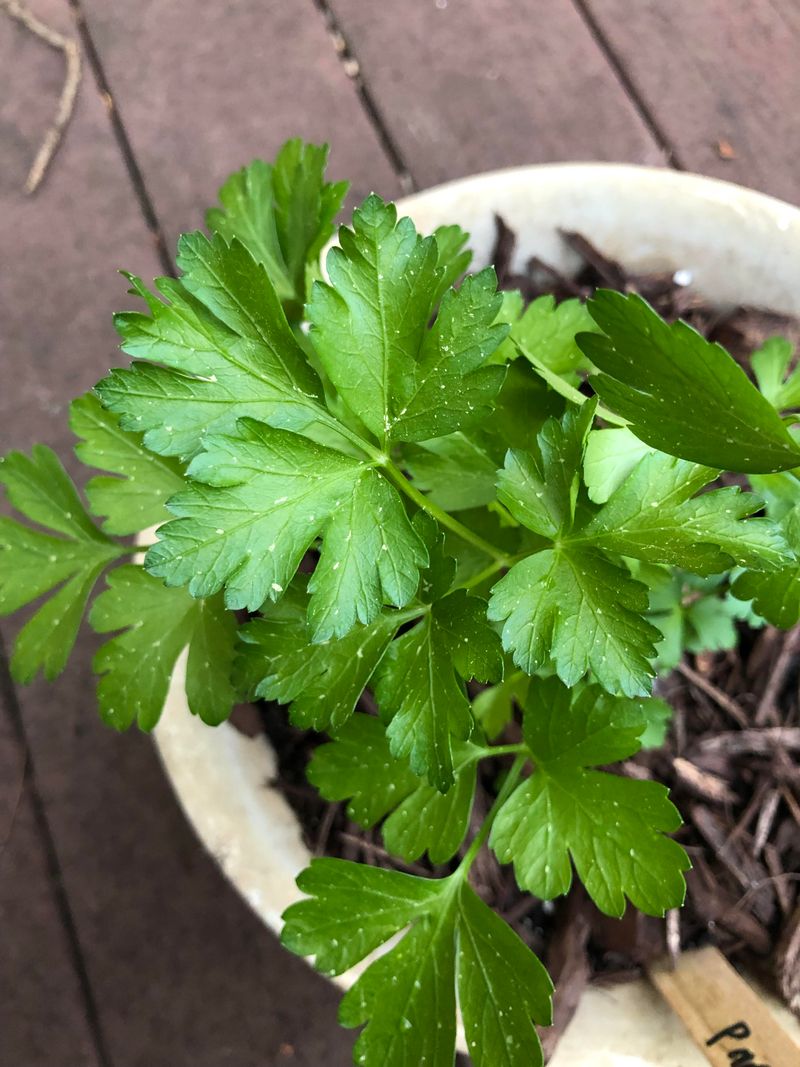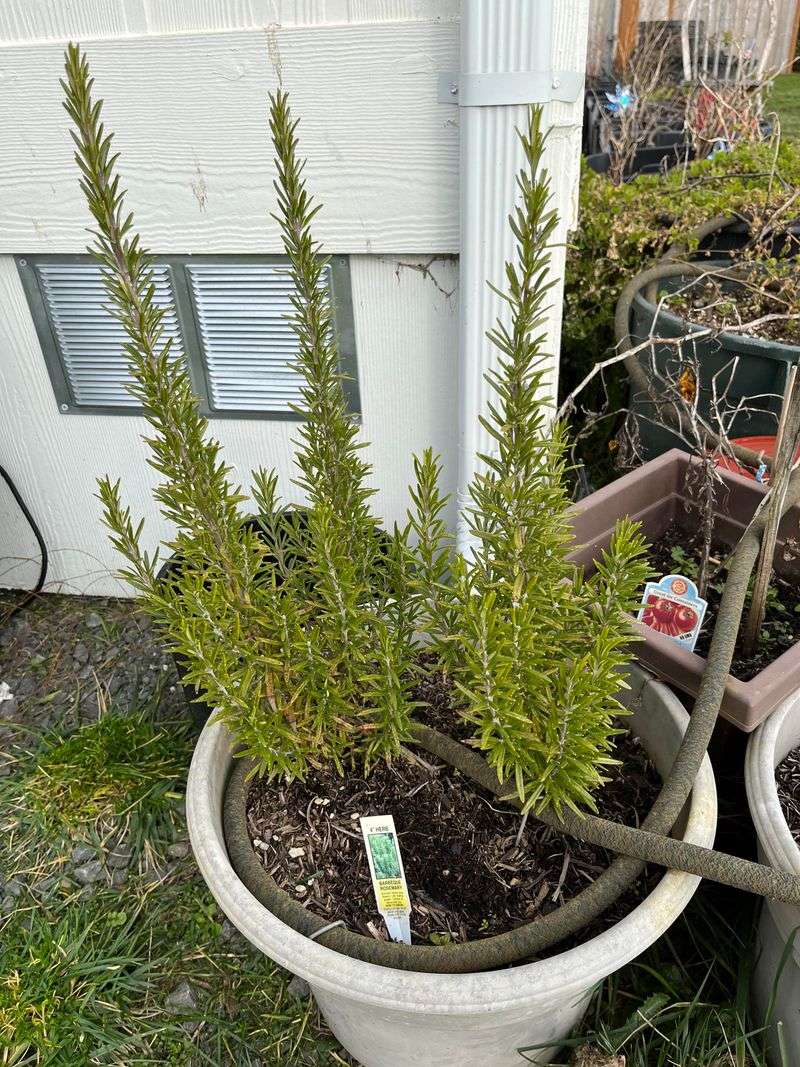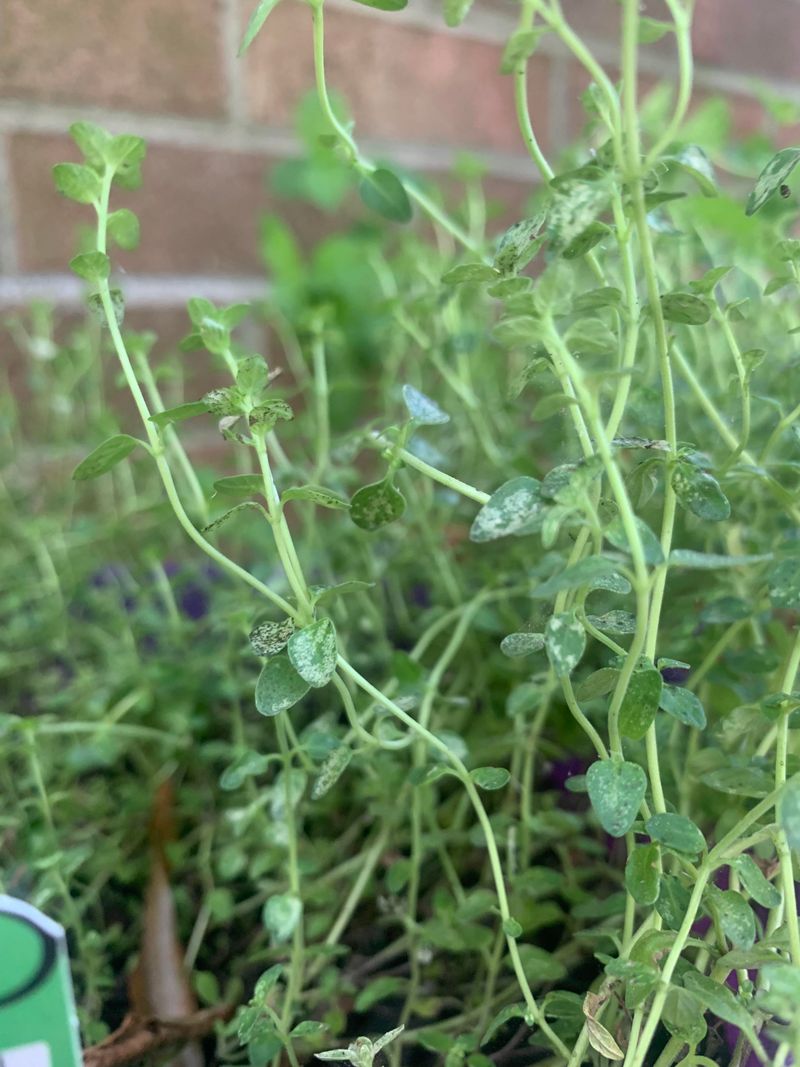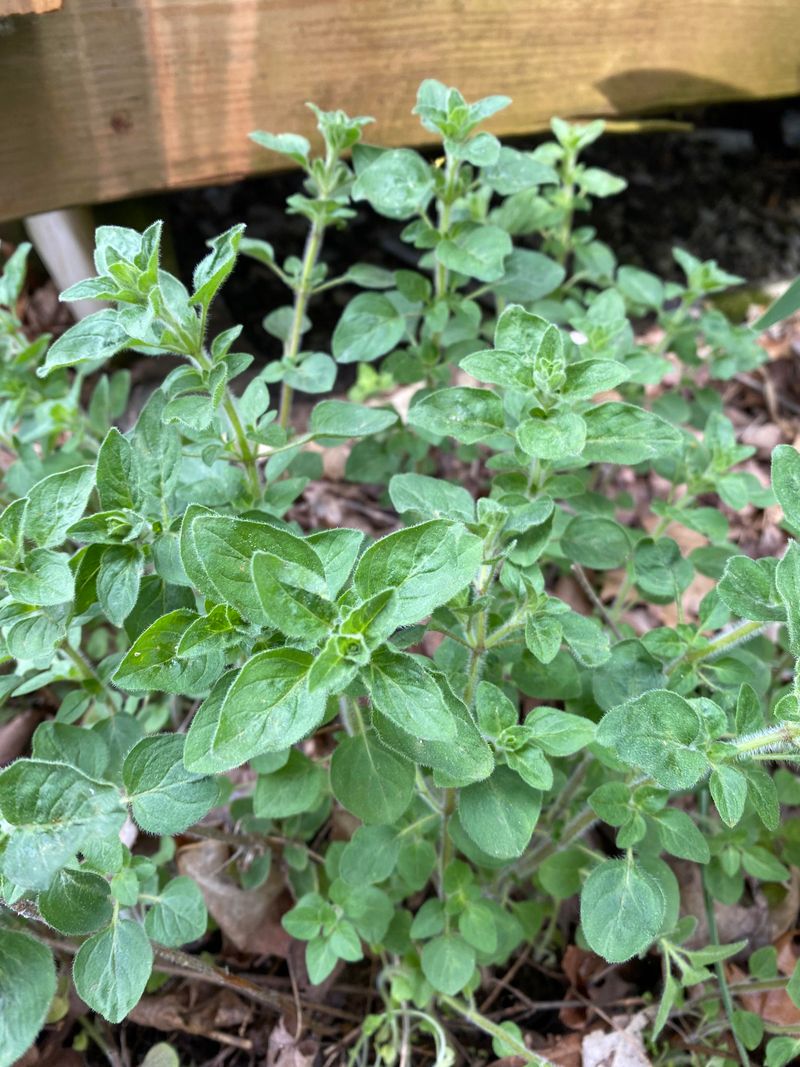If you’ve spent any time in the garden, you’ve probably come across those tiny pests that seem to appear out of nowhere—the dreaded whiteflies.
These little troublemakers love to feast on different crops and cause all sorts of headaches. I’ve had my fair share of battles with them, and if you’re dealing with an infestation, trust me, I feel your pain!
Whether you’re growing veggies, herbs, or ornamentals, I’ll share some tried-and-true strategies to keep these invaders under control.
1. Tomatoes
Tomatoes are a staple in many gardens, but these are often victims to whiteflies.
I remember the frustration of seeing my prized tomato plants wilting under the attack of these tiny pests. To combat them, try introducing natural predators like ladybugs or using insecticidal soap sprays.
Their soft leaves are perfect for whiteflies to lay eggs and multiply. Regularly inspecting the undersides of leaves can detect these invaders.
One summer, I found that planting basil nearby reduced whitefly numbers significantly. The aromatic herb seemed to confuse the whiteflies, making my tomato plants less appealing.
2. Cucumbers
Cucumbers are unfortunately a magnet for whiteflies.
I once watched in horror as these tiny insects swarmed my cucumber vines, leaving a sticky residue behind. Using yellow sticky traps can be an effective way to capture and reduce their population.
Their sprawling vines provide a large surface area for whiteflies, making cucumbers a favorite target. Keeping the soil healthy and using neem oil sprays can help control their spread.
I’ve found that neem oil, in particular, is a lifesaver. Also, intercropping cucumbers with dill has shown to be a win-win strategy that I highly recommend.
3. Peppers
In my garden, these insects often choose my pepper plants as their personal residence, causing leaf curl and yellowing. Whether sweet or spicy, they seem irresistible to whiteflies.
To handle this, regularly spraying with a mixture of water and mild dish soap can work wonders. The colors of peppers might be appealing to us, but for whiteflies, they signal a feast.
One trick I’ve learned is to plant marigolds nearby. Marigolds act as a natural deterrent, and since incorporating them into my garden, the whitefly problem on my peppers has almost vanished. Plus, they add a lovely splash of color!
4. Zucchini
Zucchini plants are like a welcome mat for whiteflies.
I learned this the hard way when I found my zucchini patch completely overrun by these tiny pests. The plants struggled, the harvest was disappointing, and I knew I had to do something.
One trick that’s worked for me is using row covers early in the season to keep whiteflies from settling in. Another game-changer? Spacing the plants out properly to improve airflow—it really helps!
But my favorite solution has been companion planting with nasturtiums. These bright, cheerful flowers seem to attract the whiteflies, keeping them off my zucchini. Plus, they make the garden look beautiful and are even edible! A win-win in my book.
5. Eggplants
The shiny purple skins don’t just catch our attention—they also attract whiteflies.
I’ll never forget my first time growing eggplants and the shock of finding these pests swarming my plants. It was frustrating, but over time, I figured out a few tricks to keep them under control.
Whiteflies love to hide under the leaves, so I’ve made it a habit to check regularly and remove any infested ones before things get out of hand.
Insecticidal oils have also been a lifesaver when the problem gets worse. But one of my favorite tricks? Planting thyme and oregano nearby. Their strong scent seems to keep whiteflies away, plus my garden smells amazing!
6. Strawberries
Strawberries are a sweet treat for us—but unfortunately, whiteflies love them too.
I was so disappointed the first time I spotted those tiny pests on my strawberry leaves. But after some time, I found a few tricks that really help.
One of the best things I did was introduce natural predators like lacewings to keep the whiteflies in check. Since strawberries grow low to the ground, they’re easy targets, so I also use row covers and make sure to space them out properly.
Keeping the plants mulched and well-watered has made a big difference, too. But my favorite trick? Planting garlic nearby!
Simple, but so effective, right?
7. Beans
Whether green or snap, Beans are like a magnet for whiteflies. I remember the time my bean plants were completely covered in them, turning the leaves yellow and weak. It was a mess!
My go-to fix has been spraying a mix of garlic and chili water—it keeps the pests away without harming the plants. Since bean plants grow so thick, I’ve learned that good airflow is key to preventing infestations.
A friend once suggested placing aluminum foil around the base of the plants, and to my surprise, it actually worked! The reflective surface seems to confuse the whiteflies.
If you need another trick, I’ve got more. Planting basil nearby. You get fresh basil for cooking and it’s a win-win for any bean lover!
8. Cabbage
Cabbage, with its tightly packed leaves, is like a cozy hiding spot for whiteflies. I’ve had my fair share of battles with these pests, determined to save my cabbage crop.
Neem oil has been a lifesaver, and introducing natural predators has helped keep their numbers down.
Since cabbage is so dense, I’ve learned that good airflow is important, along with rotating where I plant it each year—whiteflies love to return to the same spot!
One of my favorite tricks? Mint and its strong scent seems to keep whiteflies away.
9. Lettuce
Ever had your lettuce covered in tiny white pests? I have, and it was so frustrating to see my fresh leaves full of whiteflies.
After trying a few things, I found that spraying with mild soapy water really helps. Keeping the garden tidy and weed-free also makes a big difference since whiteflies love to hide.
Also, planting chives close to your lettuce works wonders! Their strong smell seems to confuse the whiteflies, and ever since I started doing this, my lettuce has been much healthier. Such a simple fix, but it works!
10. Squash
If you ever felt like your squash plants were more whiteflies than actual squash? I’ve been there! One summer, my plants were completely swarmed, and I knew I had to find a solution.
Something that worked wonders for me was using reflective mulch. It helped keep their numbers down. Since squash plants spread out so much, whiteflies love to hide underneath, so I also made sure to space them out.
Another great tip? Introducing helpful bugs like predatory beetles to keep the pests in check.
But my favorite discovery? Planting radishes! For some reason, whiteflies don’t seem to like them, plus, I get extra radishes to harvest—win-win!
11. Spinach
There’s nothing better than picking fresh, green spinach from the garden—unless, of course, it’s covered in whiteflies! I’ve had that disappointment more than once, but luckily, I’ve found some simple ways to fight back.
Neem oil has been a game-changer for me, keeping these pests in check. Since spinach grows quickly, it’s an easy target, so I make sure to water it well and use row covers when needed.
Planting dill also helps! The scent confuses the whiteflies and your battle gets easier.
12. Broccoli
Ever had high hopes for your broccoli, only to find it covered in tiny whiteflies? I know the feeling—I lost several plants before figuring out how to fight back.
One thing that really helps is spraying insecticidal soap regularly.
Since broccoli is so dense, whiteflies love to hide in all the little spaces, so I make sure to keep my plants spaced out and my garden tidy.
I’ve also had great success with other companion plants—all seem to throw these pests off. It’s such a simple trick, but combining the right plants makes a huge difference!
13. Cauliflower
This one might look tough, but to whiteflies, it’s an open invitation. The first time I planted cauliflower it never got a chance against those tiny invaders. It was frustrating, but I wasn’t about to let them win.
Neem oil became my go-to defense, but I quickly learned that staying one step ahead is key. Whiteflies love to hide in the tight spaces of cauliflower.
But the real game-changer? Sage. Ever since I planted Sage, my cauliflower has been practically whitefly-free. Maybe they hate the smell, or maybe sage just throws them off their game—either way, I’m not questioning it. A win all around!
14. Kale
Kale is supposed to be the powerhouse of the garden—strong and packed with nutrients. But when whiteflies show up? It turns into a sad mess.
I learned that the hard way when my once-lush kale patch looked like it had been dusted in snow—except the “snow” was a swarm of tiny invaders.
That was my wake-up call.
Insecticidal soap became a regular part of my routine. I know you are wondering about plants that can help too and my recommendation is lavender. I don’t know if whiteflies just have bad taste in flowers, but now that I’ve planted lavender, they stay away.
15. Basil
Easy to grow, smells amazing, and makes everything taste better – yes, it’s Basil. But whiteflies love this plant just as much as I do.
The first time I brushed my hand over a basil plant and, instead of enjoying that peppery scent, I saw tiny bugs flying. Not exactly what I had in mind.
After that, I got serious about keeping them away. Neem oil has been my secret, and planting basil next to tomatoes. Somehow, they protect each other—basil helps keep whiteflies off the tomatoes, and tomatoes seem to make basil less of a target.
Ever since I started doing this, I’ve noticed a huge change. Plus, fresh caprese salad straight from the garden? Can’t beat that!
16. Mint
I always thought mint was one of those foolproof plants—unstoppable and basically taking over the garden. So imagine my surprise when I found my mint patch covered in whiteflies. Not exactly the fragrant herb I had in mind.
After a few try-outs, I found that simply rinsing the leaves with water helped knock a lot of them off. Keeping space between the plants and occasionally using insecticidal soap made an even bigger difference.
But my favourite? Planting marigolds nearby. For some reason, whiteflies seem to hate them. Plus, the bright flowers add a pop of color to the garden—so it’s a win for both beauty and function!
17. Parsley
If you are wondering what else is a magnet for whiteflies, I’m sorry to inform you, but It’s Parsley. Imagine the stress of finding your parsley patch full of these insects.
Applying insecticidal soap has been my go-to method to control them. Their leaves offer an easy landing for whiteflies, making them vulnerable.
I’ve learned that a little prevention goes a long way. Interestingly, planting parsley with chives has helped reduce whitefly numbers. What a practical and aromatic solution, huh?
18. Rosemary
Rosemary always seemed like one of those plants that could handle anything—drought, poor soil, neglect. So, you can imagine my shock when I found mine covered in tiny whiteflies. I thought, Really? Even rosemary?
After that, I got to work. Insecticidal soap became a regular part of my routine, and I started pruning more often to keep the plants strong.
Also something I did was pairing rosemary with sage. Something about their combined scent seems to confuse whiteflies. A win all around!
19. Thyme
Another one that I thought would fly under the radar of garden pests, was thyme. Whiteflies? On thyme? I felt personally betrayed.
I quickly began finding a way to fight these intruders. A gentle rinse with water helped knock some of them off, and insecticidal soap became my new best friend.
I got some extra help from lavender. This pair made my thyme pest-free and got me plenty of herbs on hand. Turns out, a little strategic planting goes a long way!
20. Oregano
I always thought of oregano as one of those “plant-it-and-forget-it” herbs that are pretty resistant to pests. But let me tell you how wrong I was.
At first, I assumed they’d move on, but nope—they were multiplying. Fast. So, I grabbed my trusty insecticidal soap and gave the leaves a good spray. That worked, but I knew I needed a longer-term solution.
A bit of research taught me that spacing is key. I also discovered an unexpected but genius trick: planting oregano next to basil. Now, I check my plants regularly, make sure they have room to breathe, and keep my basil close by as a natural bodyguard.

